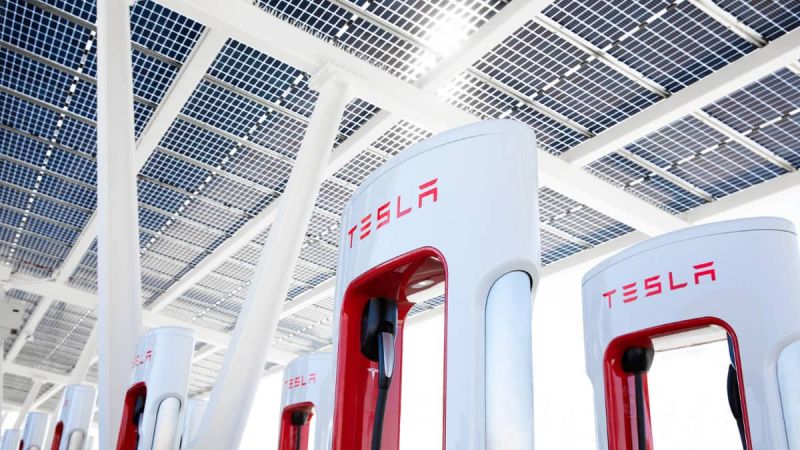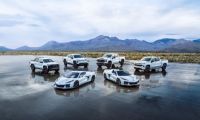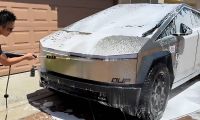The slow charging speed of electric vehicles is one of the handicaps that still prevents the user experience of an electric car driver from being 100% satisfactory, as compared to ICE car driving experiences. Waiting times to recover sufficient driving range normally exceed the usual five or ten minutes it takes to refuel a regular ICE car at a gas station. There are several research projects that try to address this issue, basically acting on the recharging point and on the battery; one of them is the “BlueFire” project, launched back in 2019 and which has already achieved significant progress in this field.
The achievement is the credit of the engineering company Hofer Powertrain, which provides technological solutions to the automotive industry, and particularly to electrical power systems. The BlueFire R&D project has worked on the two systems involved in fast charging of an electric vehicle: the charging point and the battery itself. For the charging point, it uses a charging protocol under the CCS fast charging standard, with which powers of up to 3.75 MW can be reached.

In the case of the battery, Hofer has developed a new BMS (Battery Management System), which is in charge of managing and controlling the recharging of each of the cells that make up the whole battery pack. The mission of this component, made up of hardware and software, is to control the electrical and thermal operation of the cells and of the complete set in which they are packaged. A BMS not only monitors voltages, current, and temperature parameters, but also performs balancing, calculates charging, and equalizes degradation rates, among many other tasks.
Hofer installed this battery in a racing kart which they put through a series of real road charge and discharge stress tests. The results far exceeded expectations, demonstrating its functionality, efficiency and performance within the electrical power system. The BlueFire battery basically achieved a high cycling stability, reaching amazing recharge times of less than 90 seconds to go from 5% to 85% SOC (State Of Charge).

The pilot project shows that the BlueFire battery is capable of significantly reducing recharging times and that it could even be used in endurance competitions where vehicles need to be operational for 24 hours non-stop. But its true advantage will be using it in many different applications in different fields (naval, airplanes, trains, buses, etc.); the company's engineers are currently working on increasing the energy density of the BlueFire battery cells and reducing their weight.
As Gerold Sluka, an expert battery engineer at Hofer explains, “the BlueFire battery system will make electric endurance racing more exciting. With such fast load times at pit stops, supercars can be back on the track in no time, creating an exciting experience for fans of these disciplines”. Hofer has already started initial conversations with companies interested in this system so that, with their investments, they can collaborate in the future development of this technology.
We can very well say that the recharging of an electric car in 90 seconds is already possible in real life using Hofer's BlueFire project, which has achieved significant progress in this field.
Source: pressebox
All images courtesy of Tesla Inc.
Nico Caballero is the VP of Finance of Cogency Power, specializing in solar energy. He also holds a Diploma in Electric Cars from Delft University of Technology in the Netherlands, and enjoys doing research about Tesla and EV batteries. He can be reached at @NicoTorqueNews on Twitter. Nico covers Tesla and electric vehicle latest happenings at Torque News.












